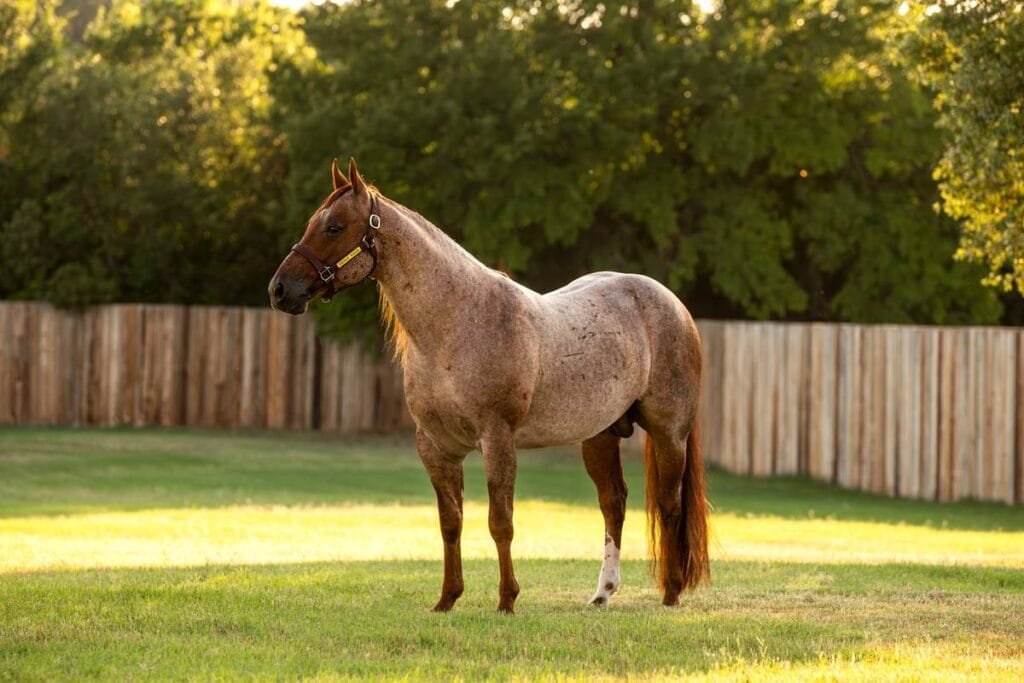Arenberg-Nordkirchen horse is a rare and distinguished breed known for its resilience, endurance, and historical importance.
Originating from the regions of North Rhine-Westphalia in Germany, this breed has played a significant role in both historical military applications and modern-day equestrian disciplines. Although relatively uncommon today, the Arenberg-Nordkirchen horse remains an intriguing example of a breed adapted to a range of roles, from driving and riding to endurance competitions.
In this article, we will explore the history, physical characteristics, and uses of the Arenberg-Nordkirchen horse, providing a detailed comparison of its key features in a table format.
History of the Arenberg-Nordkirchen Horse
The Arenberg-Nordkirchen horse was developed in the 18th century in the region of North Rhine-Westphalia, Germany. Its origins can be traced to the breeding efforts of noble families who sought to create a sturdy, reliable horse suitable for both military and agricultural use. The breed was primarily used for carriage driving and light draft work, as well as for pulling heavy wagons.
The Arenberg-Nordkirchen horse’s history is closely linked to the Arenberg family, who were instrumental in the development of the breed. Over time, these horses became a favored choice for various equestrian tasks, particularly in the areas of driving, light draft work, and transport.
Today, the breed is considered endangered, as fewer horses are bred each year, and the modern demands of agriculture and industry have reduced the need for draft horses. Despite this, efforts are being made to preserve the Arenberg-Nordkirchen horse, ensuring that this historic breed is not lost.
Physical Features of the Arenberg-Nordkirchen Horse
The Arenberg-Nordkirchen horse is a medium-sized breed with a strong, muscular build that is well-suited for heavy work such as carriage driving and light draft tasks. The breed exhibits characteristics of both light draft horses and riding horses, making it versatile for various uses.

features of the Arenberg-Nordkirchen horse:
| Feature | Description |
|---|---|
| Height | Typically 14.2 to 15.2 hands (1.47 to 1.57 meters). |
| Weight | Between 450 to 600 kg (990 to 1,320 lbs). |
| Coat Color | Common colors include bay, black, chestnut, and grey. |
| Build | Strong, compact, and muscular with a well-proportioned frame. |
| Head | Large, with a straight profile and prominent forehead. |
| Neck | Muscular and well-set, with a slight arch. |
| Back | Short and strong, allowing for efficient power transmission during work. |
| Legs | Shorter than some other breeds, with strong bone structure and good hooves. |
| Temperament | Calm, docile, and steady; known for being willing to work. |
| Endurance | Good endurance, particularly for light draft work and driving tasks. |
| Speed | Moderate speed, suitable for draft work and carriage driving. |
Temperament and Behavior
The Arenberg-Nordkirchen horse is known for its calm and steady temperament. It is generally easy to handle and has an agreeable nature, making it a good choice for riders and drivers alike. These horses are particularly valued for their willingness to work, and they have historically been used in demanding tasks such as pulling carriages and heavy wagons.
Despite its strength, the Arenberg-Nordkirchen horse is not known for being aggressive or overly spirited. Its calm demeanor and reliability make it a favorite for working in teams, where patience and stability are essential.
Uses of the Arenberg-Nordkirchen Horse
Historically, the Arenberg-Nordkirchen horse was used for a variety of tasks, particularly in the fields of carriage driving and light draft work. Today, while it is less commonly seen in these traditional roles, the breed still holds value in several areas of equestrianism.
- Carriage Driving: One of the primary uses of the Arenberg-Nordkirchen horse is in carriage driving, where its calm demeanor and strength make it a reliable choice for pulling carriages and wagons.
- Light Draft Work: The breed has been used historically for light draft work, such as pulling carts or farm equipment.
- Riding: Though it is not typically used for competitive riding, the Arenberg-Nordkirchen horse can be ridden for recreational purposes, thanks to its good nature and solid build.
- Conservation: As a rare breed, it has become an important subject for conservation efforts, with various organizations working to preserve its genetic diversity.

The Arenberg-Nordkirchen horse is a rare and remarkable breed with a rich history and many qualities that continue to make it valuable today. With its strong build, calm temperament, and willingness to work, the breed is well-suited for carriage driving, light draft work, and other equestrian tasks. Although its numbers are dwindling, conservation efforts are underway to ensure that the Arenberg-Nordkirchen horse does not disappear. This historic breed remains a testament to the enduring connection between horses and human civilization, and it continues to be appreciated for its reliability and versatility.




